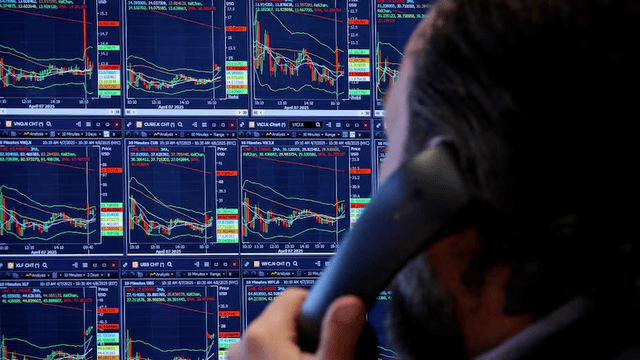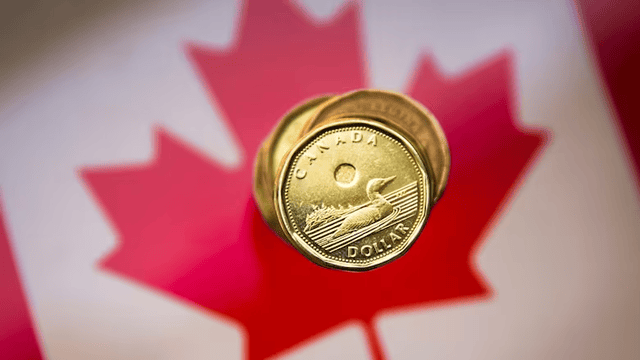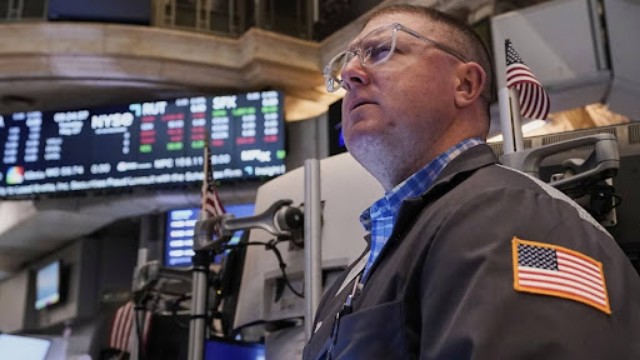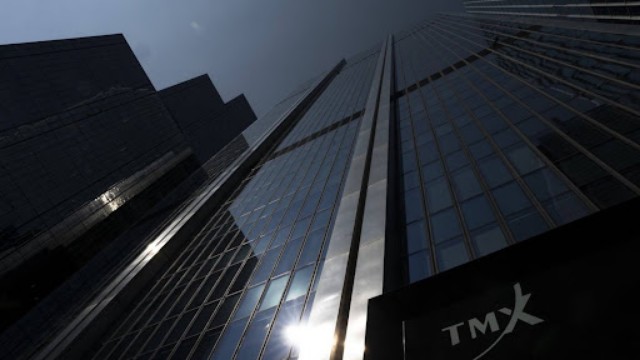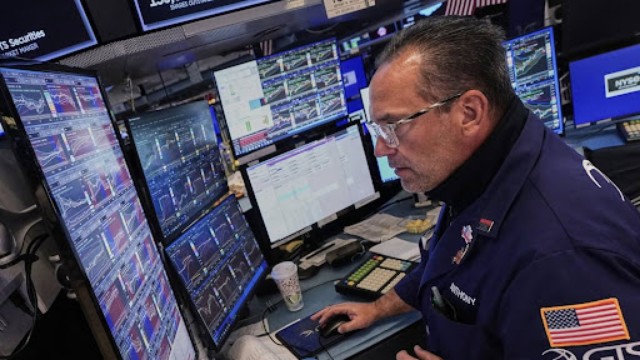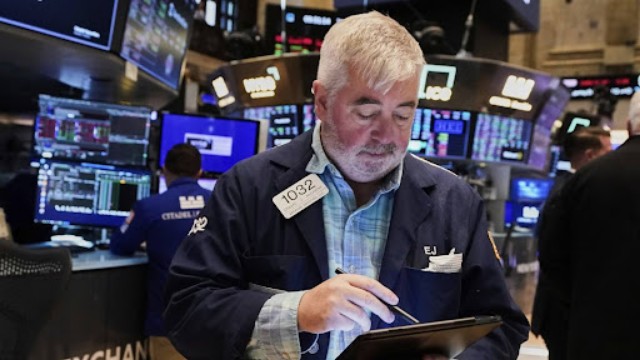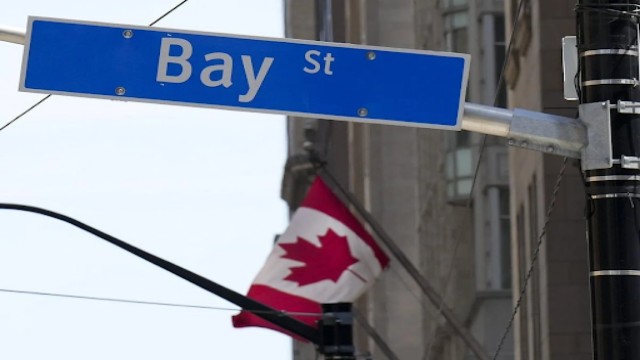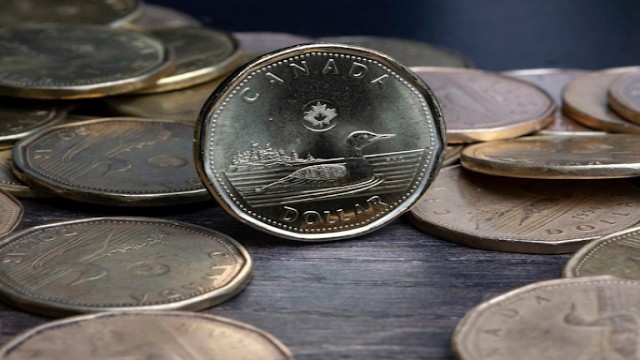
The Canadian dollar was holding relatively steady Monday morning at 72 cents U.S. (Credit: Peter J. Thompson/National Post files)
The Canadian dollar could take a hit if the upcoming federal election results in a minority government, say currency experts. One strategist warns that political uncertainty might unsettle markets and weaken the loonie against the U.S. dollar.
Karl Schamotta, chief market strategist at Corpay Currency Research, noted in a statement that a minority government could complicate policy decisions and even force the ruling party to collaborate with the Bloc Québécois—a party often associated with separatist interests. This added complexity, he said, might trigger a negative response from currency markets if no single party wins a clear majority.
On Monday, the loonie stood steady at 72 U.S. cents, just below its recent peak of 72.4 cents reached on April 22. Since the end of January, the Canadian dollar has climbed 4.8 per cent after bottoming out at 68.8 cents U.S. Analysts attribute the rise to investors moving away from the U.S. dollar due to market uncertainty under President Donald Trump’s changing tariff policies.
As of now, the Liberal Party, led by Mark Carney, holds a slim lead over Pierre Poilievre’s Conservative Party. Latest data from 338Canada, a polling aggregator, shows the Liberals with 43 per cent of voter support and the Conservatives with 39 per cent. The margin of error for both is plus or minus four per cent, leaving the race wide open.
Even with the election nearing, most economists believe global factors will continue to play a bigger role in determining the loonie’s direction—at least in the short term. Derek Holt, vice-president and head of capital markets economics at Bank of Nova Scotia, pointed out that the Canadian dollar is more influenced by global developments, especially moves by the U.S. Federal Reserve, than by Canadian political shifts.
Holt added that the recent dip in the U.S. dollar is largely driven by speculation that the Federal Reserve might cut interest rates more than previously expected. Still, he said, the loonie has lagged behind many other global currencies in performance since late January.
Despite concerns over political uncertainty, foreign exchange markets haven’t shown signs of worry. Schamotta mentioned that risk measures—used to gauge investor concerns about sudden currency drops—have fallen significantly in recent weeks, returning to pre-pandemic levels.
He believes the calm market outlook is reasonable, as both major parties have recently moved toward more moderate policies. Their economic platforms have narrowed, which could reduce the impact of election outcomes on currency movements.
Supporting this view, Noah Buffam from CIBC Capital Markets said he expects little to no market reaction in the Canadian-U.S. dollar exchange, given how similar the Liberal and Conservative platforms appear this election cycle.
CIBC predicts a minor 10-basis-point bump for the loonie if the Liberals win, mainly due to their higher deficit plans. A Conservative win, thanks to their leaner spending approach, could give the currency a 30-basis-point lift.
Bank forecasts for the loonie's second-quarter performance vary: Bank of Montreal sees 71.3 cents U.S., CIBC projects 71 cents, Bank of Nova Scotia expects 70 cents, Royal Bank of Canada estimates 69 cents, and TD Bank predicts 67 cents U.S.




